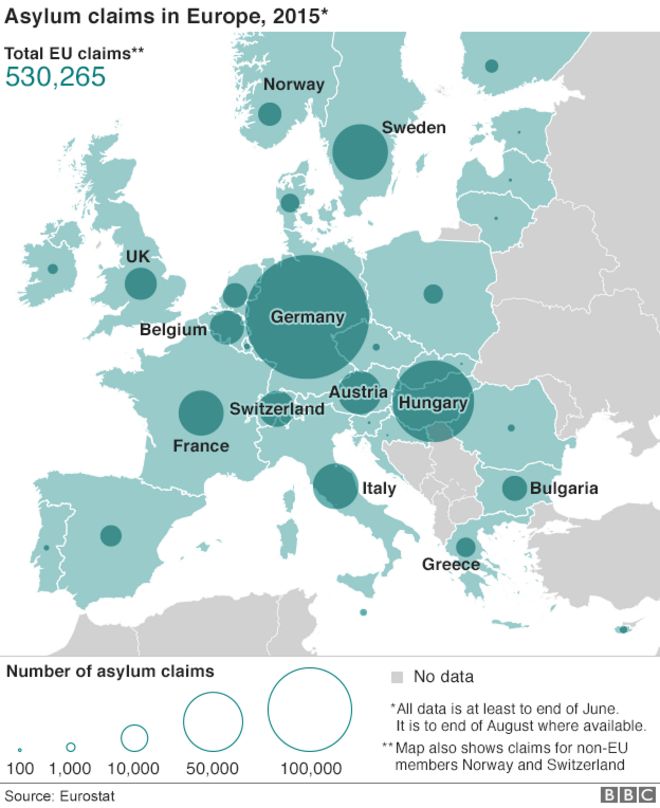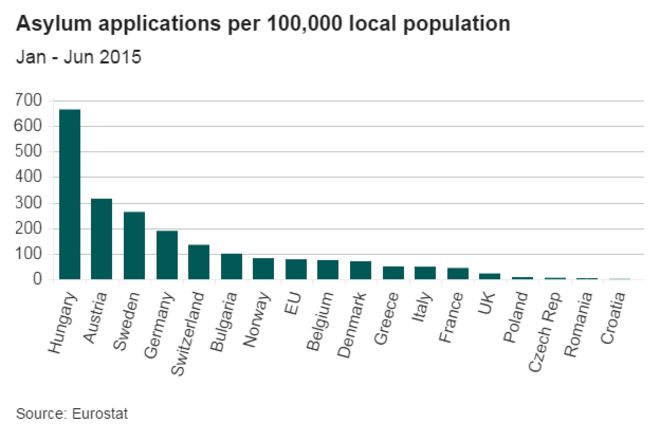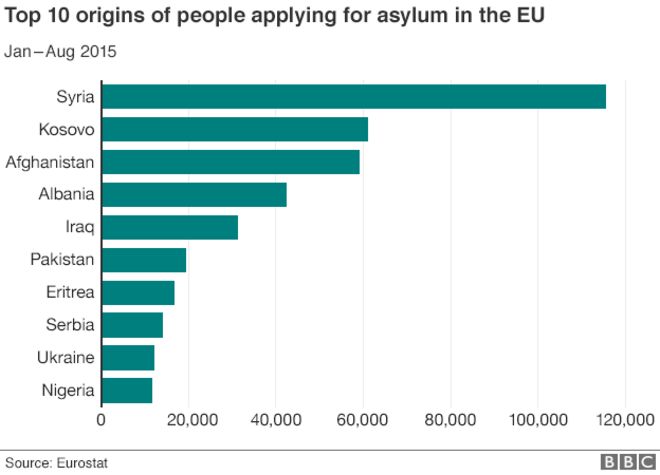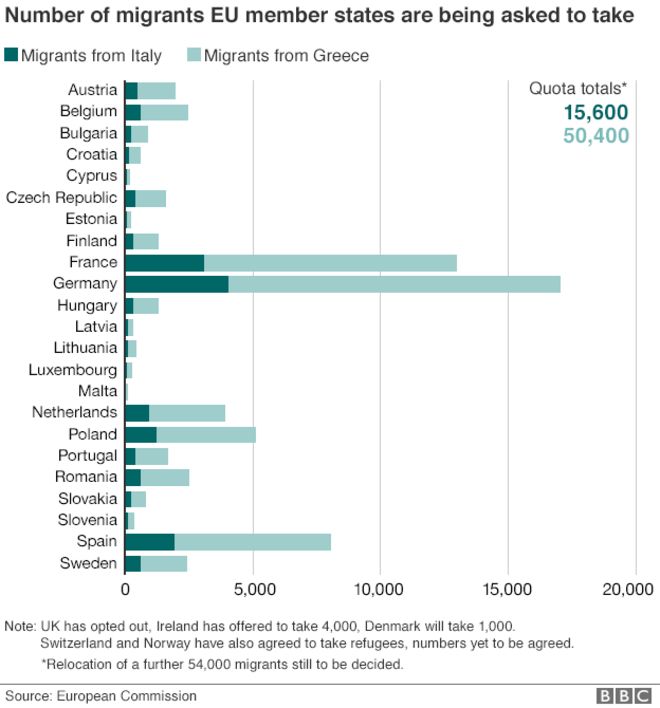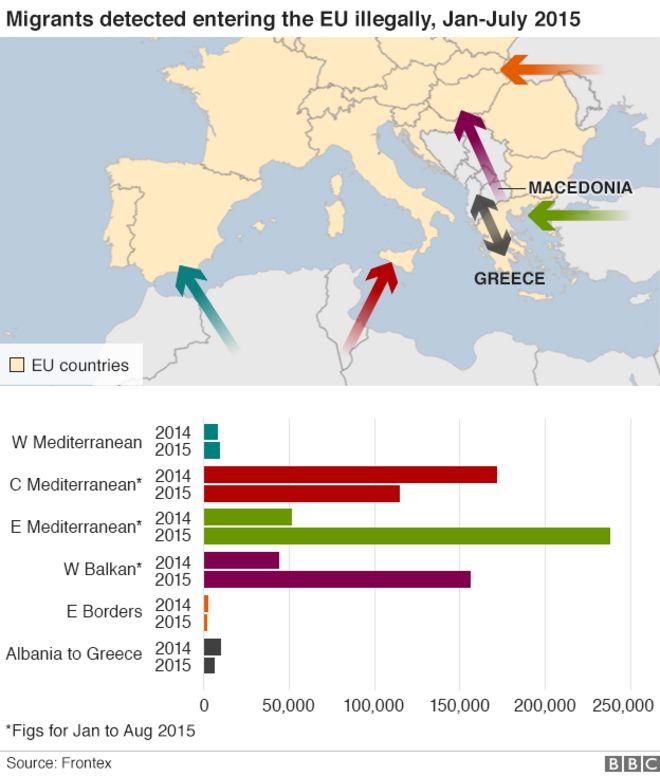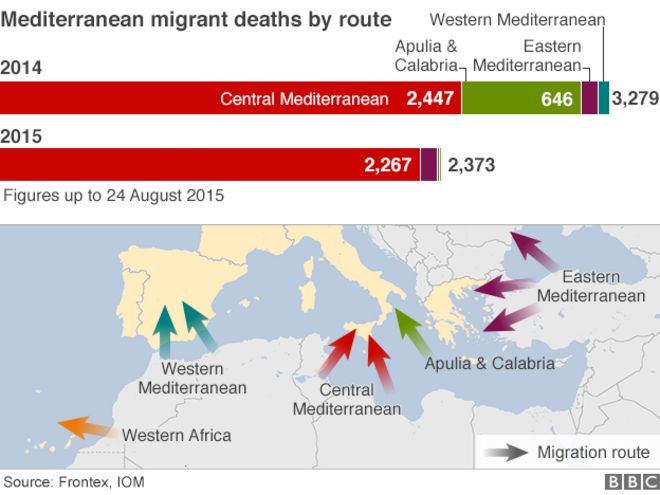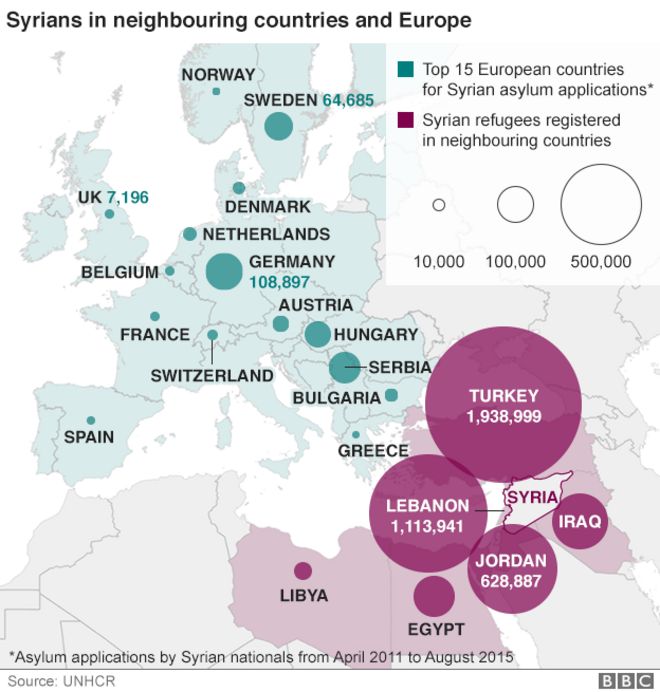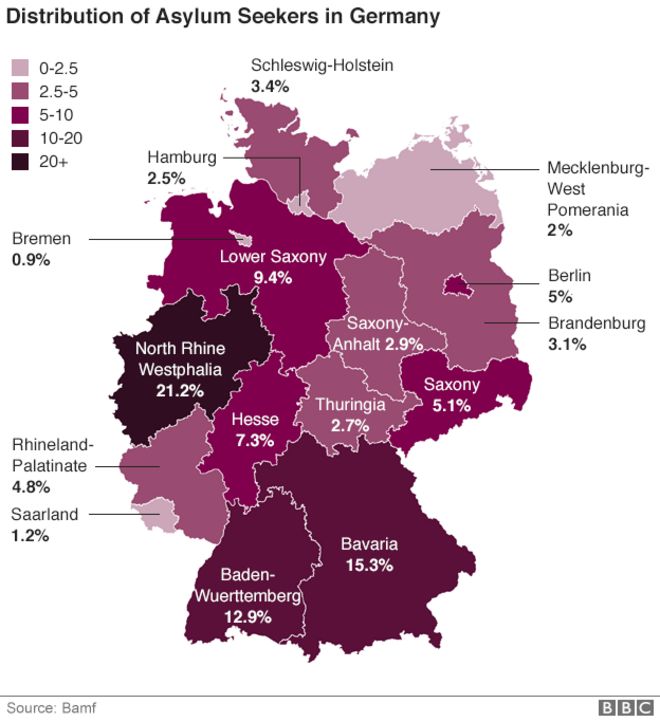Listening to the hearing today with the CEO of Planned Parenthood is chilling. She is flanked by a set of lawyers and her responses are either non-responses, twisted replies or she does not have statistics or facts at hand.
A question was asked by a Democrat if abortion was legal, the response was ‘yes’. The follow up question was, ‘is an abortion a Constitutional right?’, the response by Richards was :YES! How can that be? Anyone?
Meanwhile, the Democrats on the House hearing panel continue to state the collection of videos are either fake or doctored. CEO, Cecile Richards of Planned Parenthood has too admitted she has not seen the videos but states she has read the transcripts. In order to protect or defend her organization, why no see the videos in their entirety?
Additionally, the videos have been sent to an independent organization to determine forensic alterations. The verdict is below.
Forensic Analysis: Planned Parenthood Videos Are ‘Authentic’
A forensic analysis of undercover videos about Planned Parenthood’s abortion practices are “authentic and show no evidence of manipulation or editing,” according to a report released Tuesday by Alliance Defending Freedom.
The analysis was completed by Coalfire, a digital security and forensics firm that has worked on civil and criminal investigations. The firm had access to all audio and video investigative footage recorded by the Center for Medical Progress.
“The Coalfire forensic analysis removes any doubt that the full length undercover videos released by Center for Medical Progress are authentic and have not been manipulated,” said Casey Mattox, senior counsel at Alliance Defending Freedom. “Analysts scrutinized every second of video recorded during the investigation and released by CMP to date and found only bathroom breaks and other non-pertinent footage had been removed.”
According to the report, the videos only omit footage irrelevant to the allegations such as bathroom breaks.
“Planned Parenthood can no longer hide behind a smokescreen of false accusations,” Mattox said, “and should now answer for what appear to be the very real crimes revealed by the CMP investigation.”
“American taxpayer money should be redirected to fund local community health centers and not subsidize a scandal-ridden, billion-dollar abortion business,” Kerri Kupec, legal communications director for Alliance Defending Freedom said in a statement.
“Planned Parenthood is an organization that cares about one thing: making a profit at the expense of women’s health,” she added. “The investigative videos, whose authenticity was confirmed by the report, show that Planned Parenthood is an abortion-machine whose top executives and doctors haggle and joke about the harvesting and selling of baby body parts. Women deserve far better.”
Spokespersons for Planned Parenthood have denied illegal conduct. Last month, the organization commissioned their own analysis of the videos which claimed that the “edited” videos “have no evidentiary value in a legal context and cannot be relied upon for any official inquiries.”
The Daily Signal previously reported that the firm hired by Planned Parenthood, Fusion GPS, has ties to the Democratic Party, including an effort to expose a group of eight private citizens who donated to a super PAC supporting former Massachusetts Gov. Mitt Romney’s 2012 presidential campaign.
Planned Parenthood Forensic Analysis Report


